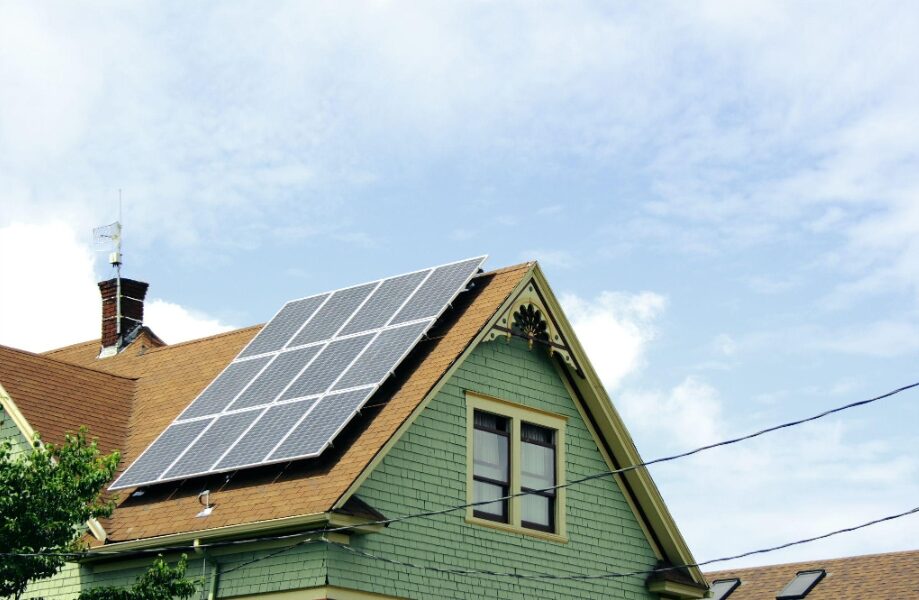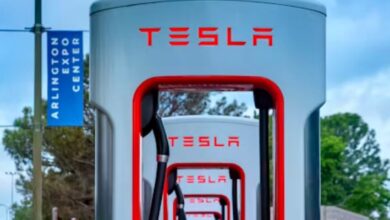Maximizing the Benefits of Excess Solar Energy

As the world increasingly turns towards renewable energy sources, solar power stands out for widespread sustainable energy production. Solar panels have become a common sight on rooftops, capturing the power of the sun to generate electricity.
However, a significant challenge persists for many of us using domestic solar: what happens to the excess electricity produced by these solar panels when it is not immediately used? This article explores various innovative solutions to this dilemma, from selling surplus energy back to the grid to storing it for future use.
The Potential of Solar Energy
Solar energy has emerged as a promising alternative to traditional fossil fuels, offering a clean and abundant source of power. The sun’s energy, if harnessed efficiently, could meet global electricity demands for an entire year in just one hour. However, the challenge lies in capturing and utilizing this energy effectively. Despite technological advancements, solar panels often generate more electricity than is immediately needed, leading to unused energy.
Addressing the Issue of Unused Solar Energy
One solution to the problem of excess solar energy is to store it for later use. This can be achieved through the use of solar batteries, which store surplus electricity generated during periods of high sunlight for use during times of low production or high demand. Another option is to feed excess electricity back into the grid, a process known as net metering. This allows you to earn credits for the electricity you contribute to the grid, which can offset future electricity bills or even generate additional income.
Innovations in Solar Technology
Advancements in solar panel technology have led to increased efficiency and reduced production costs, making solar energy more accessible to consumers. The conversion efficiency of solar photovoltaic systems has steadily improved, while the cost of production has declined.
Governments and private organizations are investing in solar infrastructure, including solar farms and distribution networks, to better capture and distribute solar energy. Incentives are also available to encourage the installation of solar panels, further promoting the adoption of renewable energy sources.
Selling Solar Electricity Back to the Grid
One of the most lucrative options for those with surplus solar energy is to sell it back to the grid. Various energy export schemes enable homeowners to receive payments for the excess electricity they generate and feed into the national energy supply. Energy suppliers are required to pay a set rate per unit of electricity received, providing you with an additional source of income from your solar panels.
Benefits of Selling Solar Energy Back to the Grid
Selling surplus solar energy back to the grid offers a range of benefits for you and the wider community. Here are some key factors to consider:
- Financial Incentives: How much does a solar battery cost? Well, it can add significantly to the overall cost of your solar system. However, participating in schemes like the Smart Export Guarantee (SEG) in the UK allows you to earn additional income by selling excess electricity to energy suppliers. This can help offset the initial investment of installing solar panels and reduce overall energy costs.
- Maximizing Return on Investment: By monetizing surplus solar energy, you can increase the return on their investment in solar panel installations. The income generated from selling electricity back to the grid can contribute to the payback period of the system, making it a more attractive investment option.
- Environmental Impact: Selling solar energy back to the grid promotes the use of renewable energy sources and reduces reliance on fossil fuels. By contributing clean energy to the grid, you can help lower carbon emissions and mitigate climate change.
- Grid Stability: Solar energy can help stabilize the electrical grid by providing additional sources of electricity during peak demand periods. By feeding surplus energy into the grid, you support grid stability and reliability, contributing to a more resilient energy infrastructure.
- Community Benefits: The integration of solar energy into the grid benefits the wider community by diversifying the energy mix and promoting energy independence. Increased adoption of solar power can lead to greater energy security and reduced vulnerability to supply disruptions.
Maximizing Solar Self-Consumption
Another approach to utilizing excess solar energy is to maximize solar self-consumption. By storing surplus electricity in batteries for later use, you can reduce your reliance on the grid and increase their energy independence. This not only helps to offset electricity bills but also provides a reliable source of power during outages or periods of high demand.
Conclusion
As the demand for renewable energy continues to grow, finding innovative solutions to maximize the benefits of solar power becomes increasingly important. Whether through selling surplus energy back to the grid, storing it for future use, or maximizing self-consumption, you have a range of options for making the most of their solar panels.





